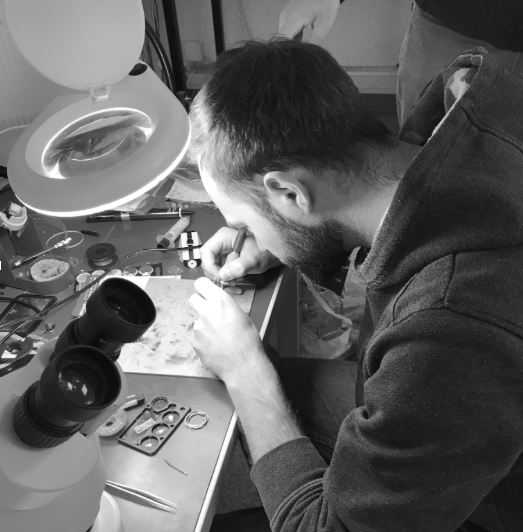
5 Golden Rules for Product Development | Summer Agency

Originally published at summer.agency.
.png)
As you probably know, bringing innovative products to life and creating hardware devices is a complex task. It takes few months to make a perfect market research and analyze a demand for that product. Then it’s time to think how to generate a perfect solution and verify correct operation at the prototyping stage. And of course, it doesn’t happen in a blink of an eye.
A methodology of creating innovative products and services based on deep understanding of the problems and needs of the users is not a short-term process, and it needs a decent construction. Structuring to the process of design thinking let us solve complex problems by understanding users’ needs.What’s more, it allows re-framing the problem in human-centric ways, creating ideas in brainstorming sessions and adopting a hands-on approach to prototyping and testing. In other words, this structure lets us define our 5 golden rules of creating products desired by users, technologically feasible and economically justified. So how to design a great hardware for a product?

Creating a product — step by step
Empathize. Innovation starts with empathy
New solutions are created mainly for people. That’s why the first point is to gain an empathic realization of the problem you are trying to solve. You have to conduct research to develop an understanding of your users. It is crucial to recognize the hidden and intuitive motivations that affect human choices and behavior. You have to know what your future consumers need and gain perfect knowledge about similar products. Which of them have not succeed? Why? What made the others succeed? Follow the “must-do” actions and avoid competitors’ mistakes.
Define the problem and get to know your customers
During the defining stage, together with your team you combine all your research and observe whether a problem exists. You need to check if your future client needs your solution. What’s the main value of it? Is the price affordable? Or will your customer use a cheaper product from your competitors? Try to frame the problem correctly so that you will gather more certain data and good solutions.
Generate the ideas and brainstorm with your team
This stage involves generating as many crazy and creative ideas as possible. Your team members have to ‘think outside the box’ to identify new solutions to the problem statement you’ve created. Remember not to ignore ideas that seem obvious or easy — they can turn out to be the brilliant ones, if only you focus on them. To finalize this stage, write down the best ideas and try to test them to find the correct answer.
Build a prototype which will meet the expectations of customers
At this stage you have to build real, tactile representations for your product. For now, don’t make things more complicated than necessary. Your top goal is to make a prototype that is visually ready to present the idea to users and quickly gather feedback on the solution. The final shape of your product needs to be designed and built according to the user feedback and with a particular focus on their tips or needs they’ve described. This brings us to another point…
Test the product and eliminate all the inconveniences
The stage of testing is extremely important and should not be overlooked in the course of the project. This is the moment of confronting the idea of a product design with its users. You have to prepare a well-working device. Feedback has the greatest importance at this stage because it enhances your involvement in the product growth. If the users love the product it means that it’s ready to entry the market. But if they flag some inconveniences, it’s up to your team to get back to the third point and figure out new ideas for your users’ satisfaction.
